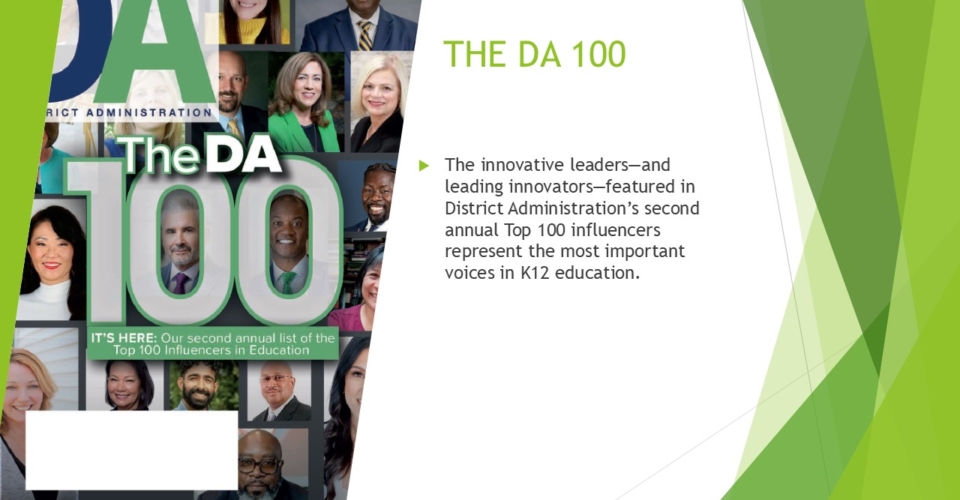“Nontraditional outcomes” might just be the latest K12 buzzword that educators didn’t know they needed.
A loose coalition of 250 school leaders is experimenting with four of these nontraditional outcomes—deeper learning, social-emotional skills, self-direction, and career readiness—as they and their teams seek new ways to equip students for success after high school graduation. A recent survey found that two-thirds of the school leaders who are participating in the innovation-oriented Canopy project are assessing students for deeper learning and social-emotional skills.
About 40 percent are assessing for career readiness while about one in five are also evaluating how self-directed their students are, say researchers for the Canopy project, which is led by the Center on Reinventing Public Education at Arizona State University and Transcend, an education nonprofit.
More from DA: 6 more superintendents depart in start of school year shakeups
Most schools that are measuring these nontraditional outcomes are assessing students’ skills and knowledge through portfolios and projects rather than traditional tests. Moreover, many schools have created their own assessments for these evaluations, particularly when it comes to deeper learning and SEL.
Many of these leaders, however, are still figuring out how to determine or demonstrate the overall impact of assessing these outcomes, the report noted, adding that making sense of the evidence will be the topic of future research.
How nontraditional outcomes can ‘solve for inequities’
That sounds like a mouthful, but part of this evolving approach to student success is designing better ways to support the progress of students of color, students with disabilities and students from low-income backgrounds, the researchers noted. One solution that sounds obvious is intentionally designing courses and climates to meet the needs of marginalized students and multilingual learners.
To gain some insight, Canopy’s researchers tracked differences in practices deployed by schools that are focused on inclusion and those that are not. For instance, schools focused on inclusion were more likely to offer 1-on-1 mentoring and follow Universal Design for Learning concepts. Schools where inclusion was not reported to be a core practice were more likely to focus on community and business partnerships and mastery grading policies, the report explained.
School leaders surveyed also noted how external conditions—such as central office support and political divisions—are impacting their improvement initiatives. Only about 30% of the educators said their schools were part of a system-wide innovation initiative. About the same number attested that local and national political debates were interfering with their schools’ ability to educate students.



